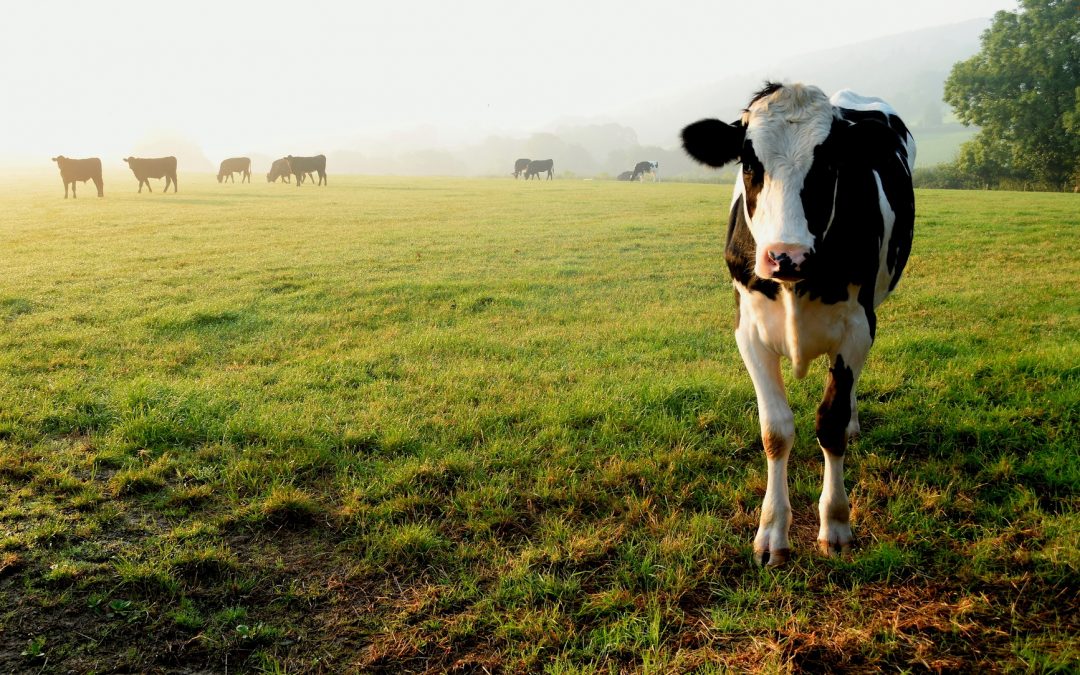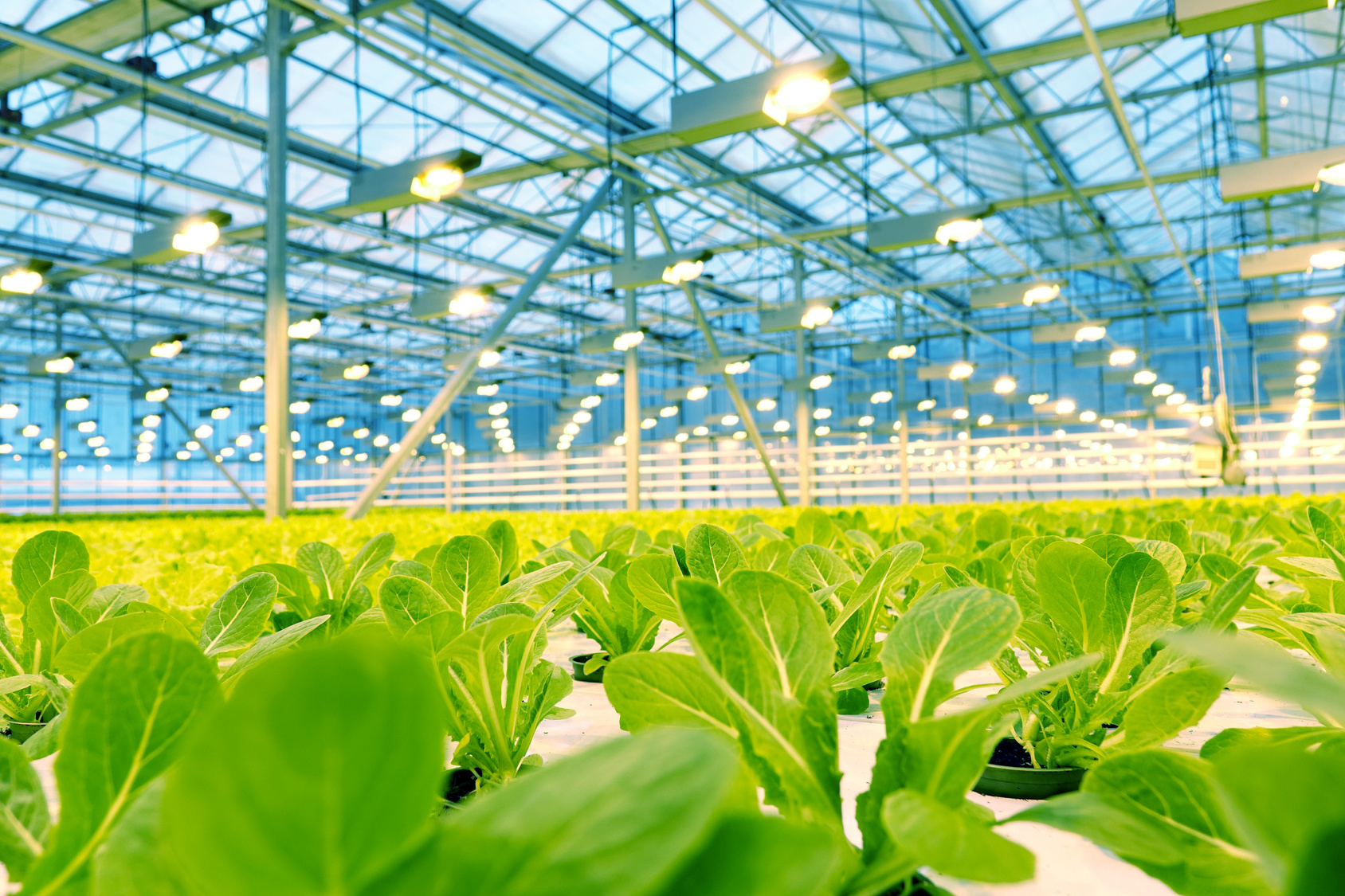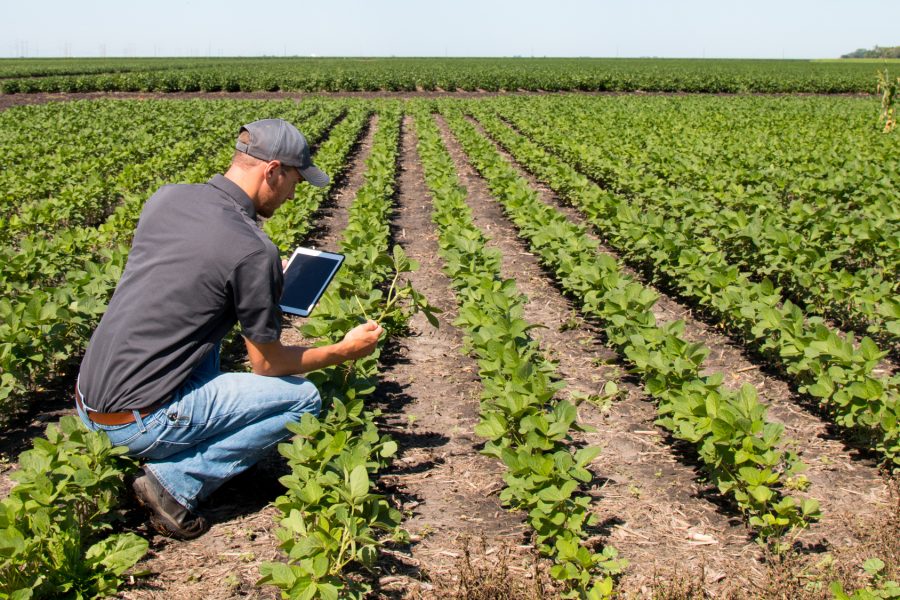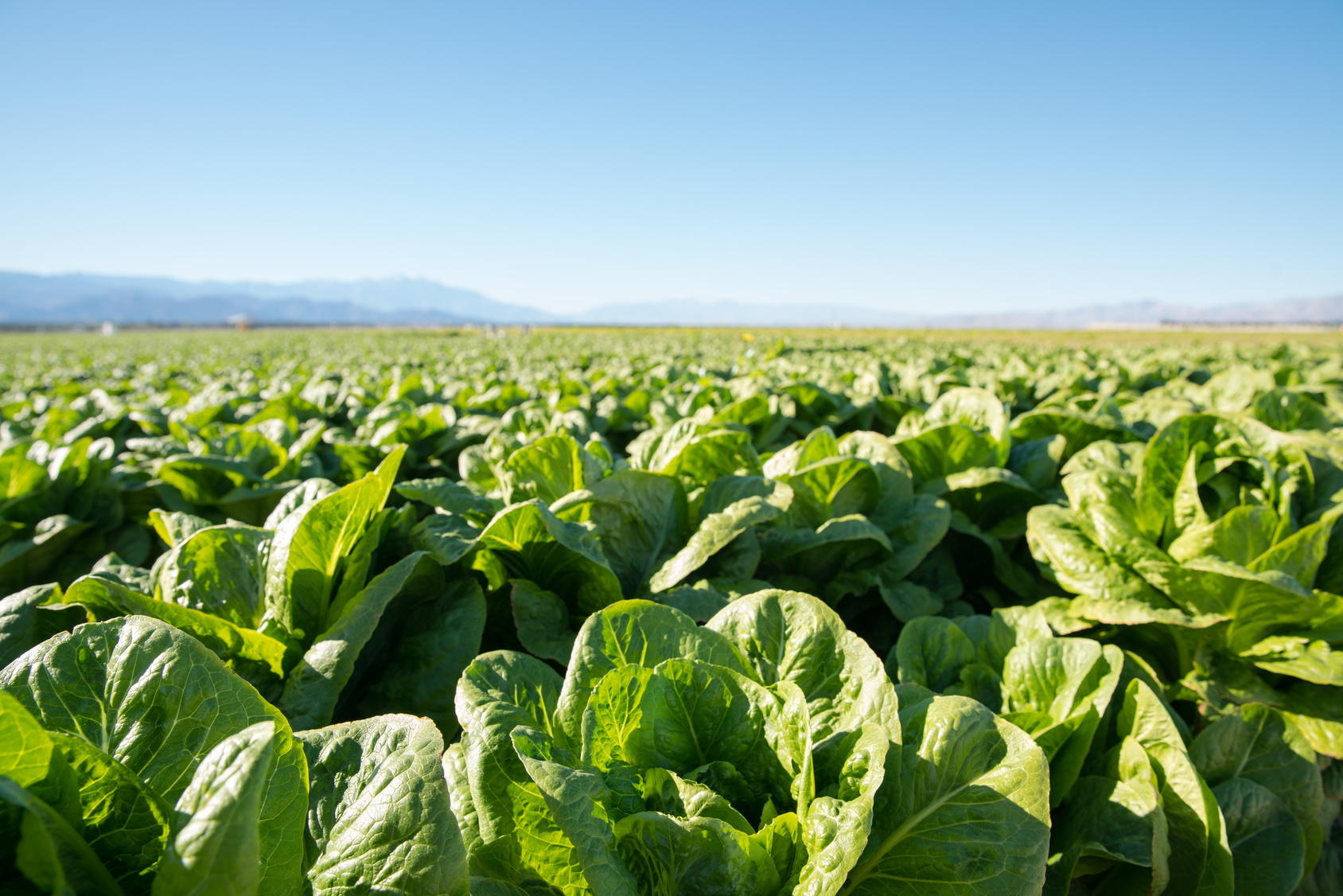The small town of Marshall, Calif. probably isn’t the first place most people would expect to find the latest in precision agriculture, but don’t tell that to Josh and Albert Blake.
That’s because Blake’s Landing Farms, a dairy operation located about an hour north of San Francisco overlooking Tomales Bay on California’s Highway 1, are running an advanced, technology-enabled facility in this tiny Marin County hamlet. The farm, which dates backs a few generations to the first Blake family ancestors to settle the area, has grown into a large, complex operation over the years, producing thousands of gallons of milk each week and managing a herd of several thousand dairy cows.
That scale has presented the owners with a number of different challenges, not the least of which is keeping track of the health of their herd over the farm’s rolling, grass covered acres.
The same could be said for Bruce Negri’s cattle ranch several hours to the southeast in Clovis, Calif. Negri’s cattle graze on a large pasture with no specific sites where the cattle congregate, forcing him to reply on piecemeal systems to keep track of his cattle. Long range cattle grazing has always been a challenge for precision livestock, requiring radio towers and expensive equipment to read at long distances. Even then, Negri can never be sure that he’s seeing data on all of his head at any given time.
Both facilities needed a way to keep track of their animals, gather data on their health and archive everything for later analysis.
And both leveraged technology to do it.
Location matters
It’s been years since location-based technologies and geofencing-enabled apps, like Foursquare, changed what users expected from their mobile devices. Now we all have access to geo located tools like Uber and Lyft (for transportation), Instagram (for social chat), TripAdivors (for real-time travel advice) and more right at our fingertips, including location-based games like Pokemon Go. Knowing where something or someone is in the real world has proven to be a powerful tool that has transformed our relationship with technology.
Global Positioning System (GPS), Wi-Fi, Li-Fi, Near Field Communication (NFC) and beacon technologies have changed the game in the B2B world as well, transforming everything from shipping logistics, to manufacturing, to retail. And this market is growing steadily.
Research and Markets has reported that location-based services accounted for $11.6 billion in 2015 and that number is on track to grow more than 500% by 2020. Banks, public facilities, and retailers now all strive to communicate with their customers in a more personal, flexible and mobile way, and location services are allowing them to do that.
According to a 2015 report from Oracle, the manufacturing sector was on track at that point to invest $150 billion in Internet of Things technologies in the next five years, with retail spending $326 billion, the logistics industry spending $1.9 trillion and the automotive industry investing $22 billion in the same timeframe. The public sector was expected to spend nearly $5 trillion on advanced location and IoT technologies by 2020.
Part of this is happening as newer, lower cost tools hit the market, making spatial data gathering and analysis more accessible to smaller, regional businesses that may have overlooked these tools in the past due to cost. But as much is also being driven by the new competitive landscape, which is increasingly focused on business intelligence and new competitors (like Amazon and the like).
These technologies help businesses better manage their operations, target specific audiences, boost consumption, as well as increase customer loyalty. Yes, there has been some pushback over user privacy and data rights, but for the most part the age of data has arrived and is not going away anytime soon.
And for the ag industry, the potential impact of the Internet of Things goes far beyond what even these other industries are seeing.
IoT in the field
Because farmers have problems. Big problems. And the larger a farm gets, the more difficult it becomes to manages and address those problems, which tend to compound over time.
Consider some of the biggest concerns that cattle managers face:
Missed Heats: Missed heats are a large problem on dairy farms, where as many as 50% of heats in cows are missed and conception rates are barely 30%. Compounding the problem, the window for heats is very small: only six hours every 21 days. Existing solutions to these problems are highly manual (visual checks, frequent injections) or non-intuitive and/or bulky technology. These missed heats cost herd managers $940 million every year, including $440 million for dairy farms and $500 million for beef farms.
Illness: Cows lay down for 10-12 hours per day, making it very difficult for herd managers to visually tell which animals are sick, injured, or heat stressed. But missing the signs can be costly. Sick cattle cost producers $57 billion every year, including $5 billion for dairy cattle and $52 billion for beef cattle.
Tracking Animals: The process of tracking, counting and finding animals in the field is far more complex and time consuming than it sounds to those outside the industry. But, even in 2018, the process remains very hands-on and manual. These inefficiencies cost beef and dairy cattle producers $4.8 billion every year.
The industry’s solutions to these various challenges have not materially changed in decades, if not longer, leaving ranchers and herd managers with few choices in order to improve the performance of their farms. This has led to some creative solutions, with farmers in Australia monitoring their cattle from space, China allowing buyers to track their chicken purchases on the blockchain, and Indian dairy cows being fitted with tiny sensors so that farmers can track their activities. The government of Scotland even launched a tracking system called ScotMoves in 2017 that enables beef and dairy businesses to record their cattle movements online.
Bringing it all together
HerdDogg, an agricultural technology startup based in Longmont, Colo., is taking this trend to the next level, combining hardware, IoT, and data science to offer herd managers a solution across the herd-data lifecycle. The company’s product includes two parts — a tag that attaches to the ear of each individual animal that monitors and collects their biometrics, and a central collection device, much like a wireless router, that can be installed out in the field and collects data from each of the herd’s ear tags. From there, the information is sent directly to the rancher’s phone via HerdDogg’s mobile app and cloud archiving system.
The system measures earlobe temperature, activity, ambient temperature and light and more, with data that includes animal biometrics and reports on heats, calving, illness and missing animals. Individual animal details including ID and profile pictures can be viewed and updated from a smartphone, even while the manager is in the field. Its patented animal wearable technologies provide animal tracking and aid in the identification of missed heats, illness, and dystocia for the 2.5 billion herd animals worldwide.
This powerful data ensures livestock farmers and other users can make rapid data-driven decisions on their animals’ health, and have the predictive information to maintain a healthy animal population.






